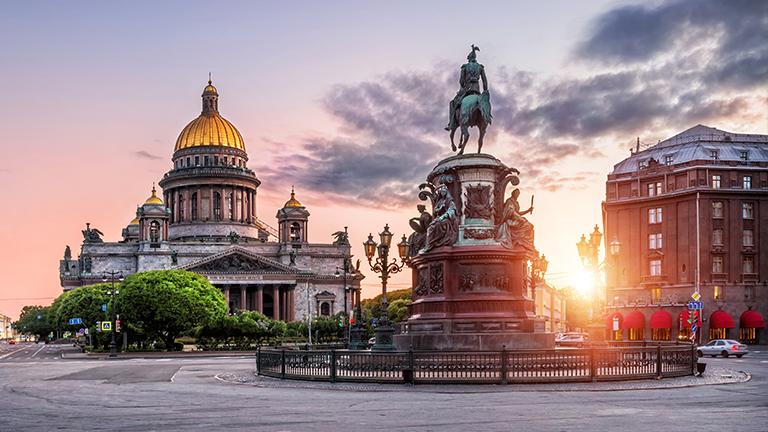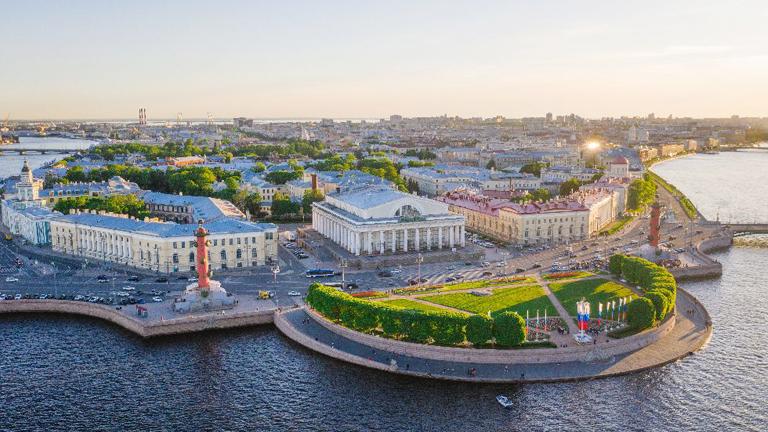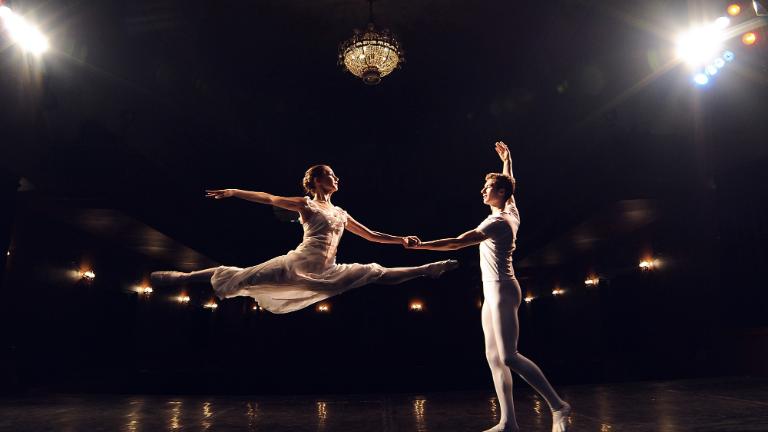Area Attractions

The State Hermitage Museum
Image courtesy of tovovan at Shutterstock.com

Faberge Museum
Image courtesy of Felix Lipov at Shutterstock.com

St. Isaac's Cathedral
Image courtesy of Depositphotos

Catherine's Palace in Tsarskoye Selo
Image courtesy of FOTOGRIN at Shutterstock.com

Peter and Paul Fortress
Image courtesy of Boris Stroujko at Shutterstock.com

New Holland
Image courtesy of DimaBerlin at Shutterstock.com

The Spit of the Basil Island
Image courtesy of Stanislav Samoylik at Shutterstock.com

St. Petersburg Ballet
Image courtesy of Depositphotos



